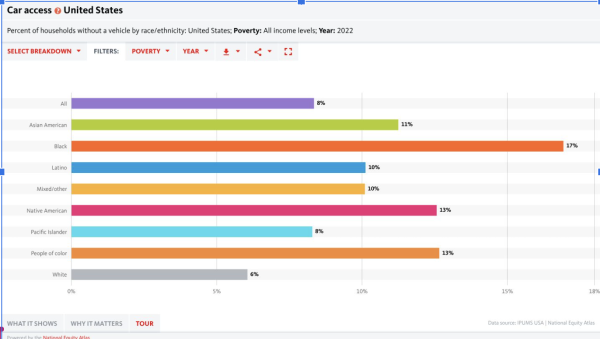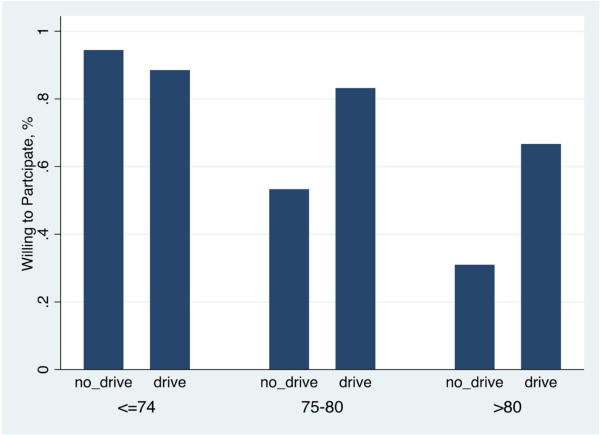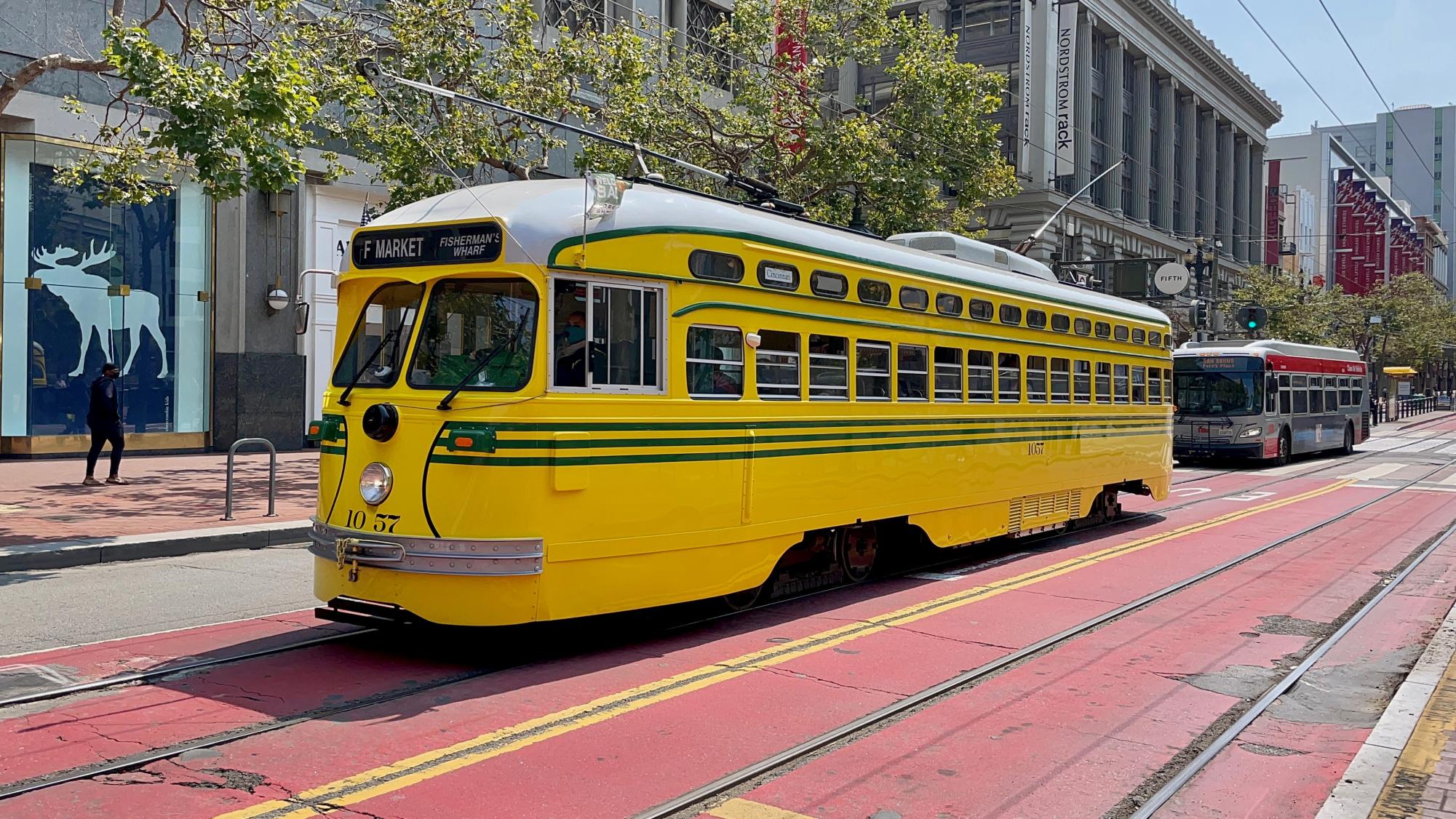Throughout the history of the US, transportation has been an important aspect of life, whether it be a horse and buggy, a streetcar(tram), or a car, transportation is vital to life, earning a living, spending that money made, or even conducting scientific research, transportation is a must.
Even with its broader application, public transportation can still allow for certain communities and minorities to fall through the cracks when it comes to being able to get from one place to another, but at the same time, it is also easy for certain communities to be indirectly discriminated against through the inability to own or use a car, making it significantly hard to move around.

Research displayed in this graph, conducted and made by the National Equity Atlas, shows that car ownership can vary widely between races in the US, with the group having the least amount of non-car-owners being white, and the group with the most non-car-owners being black. This variation in access to transportation can disallow certain groups from being as prominent in the scientific field, either being researchers or researched.
A study done by the Complexity Science Hub, published b Phys.org, shows that an overwhelming majority of US inhabitants rely on cars to commute to their place of work, saying “In the United States and Canada, nearly 92% of commutes are made by car. Public transit makes up 4.6%, and active mobility makes up 3.5%.”
The inequalities present in modern day transportation may affect other fields of work more than scientific research, but a study done by the National Institutes of Health details how this can heavily affect medical research especially when conducted in older patients.
The inability for older patients to drive likely plays a role in their ability to get to a medical center, and with the lacking infrastructure of public transportation, especially transportation that can be utilized easily by aging communities, influences the number of patients able to get to a medical center.
With a large portion of aging communities absent from medical research there may be a substantial lack of conducted research that could potentially lead to life-saving discoveries that could impact the world, and its aging population, at large.
Sources:
“Getting There”: Transportation as a Barrier to Research Participation among Older Adults
